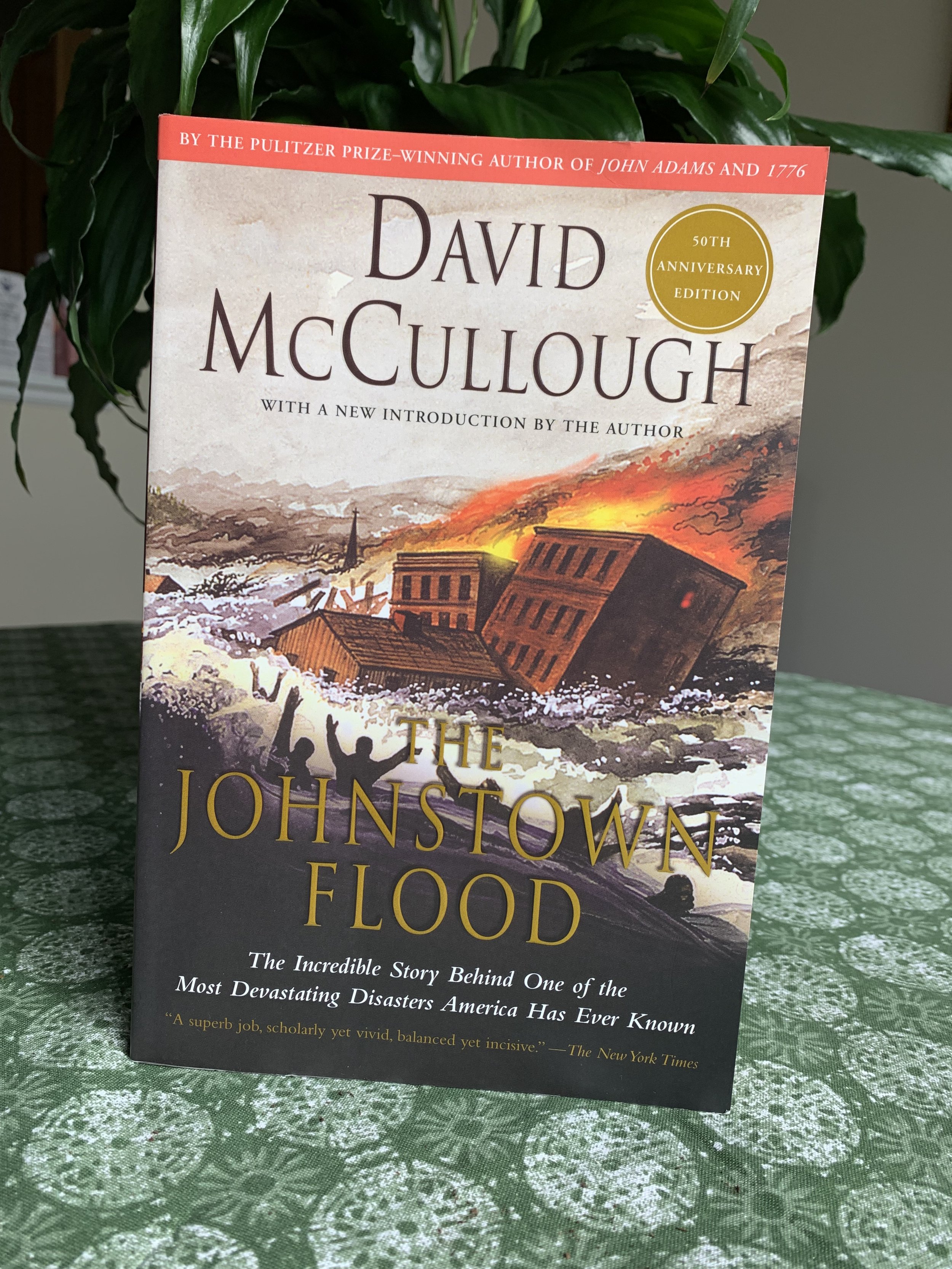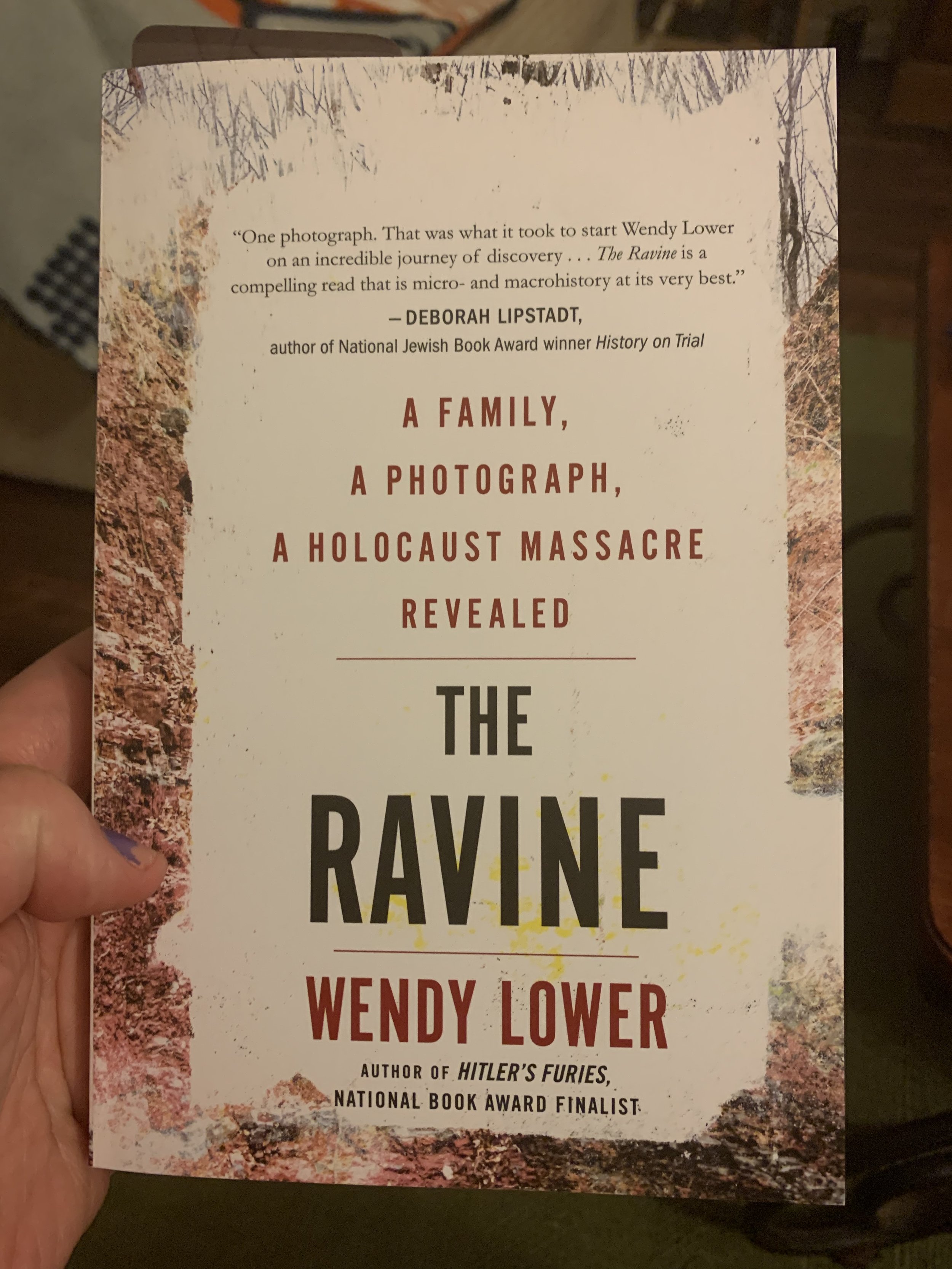I could not pick just one best book this month, because I read two stellar mysteries on the heels of last month’s Winter Counts—Clark and Division by Naomi Hirahara and Dead Dead Girls by Nekesa Afia. I devoured both, and nothing I’ve read since has quite measured up.
Clark and Division by Naomi Hirahara
Clark and Division tells the story of a Japanese family during World War II, through the eyes of the younger sister as she tries to make sense of the death of her older sister. We see the family’s life in Los Angeles before Pearl Harbor, their internment at Manzanar after, and their struggle to adjust to new lives in Chicago after they are released from Manzanar.
This was a quiet mystery but an intense one. And I learned something about Chicago’s history in the process.
I enjoyed this one so much that I’m now searching out Hirahara’s previous series, about a Los Angeles gardener and Hiroshima survivor named Mas Arai, who solves mysteries on the side.
Dead Dead Girls by Nekesa Afia
Dead Dead Girls focuses on a different time and place—and a different family dynamic. Set in Harlem in the 1920s, the story follows a young woman at odds with her strict pious family as she tries to help police solve a string of murders in her community.
This was a much faster paced story than Clark and Division, and the story a more violent one. But it was just as gripping and just as engaging and it gave me a peek into a community that I wouldn’t otherwise get to experience.
I’ve already put the sequel on my To Read list.





